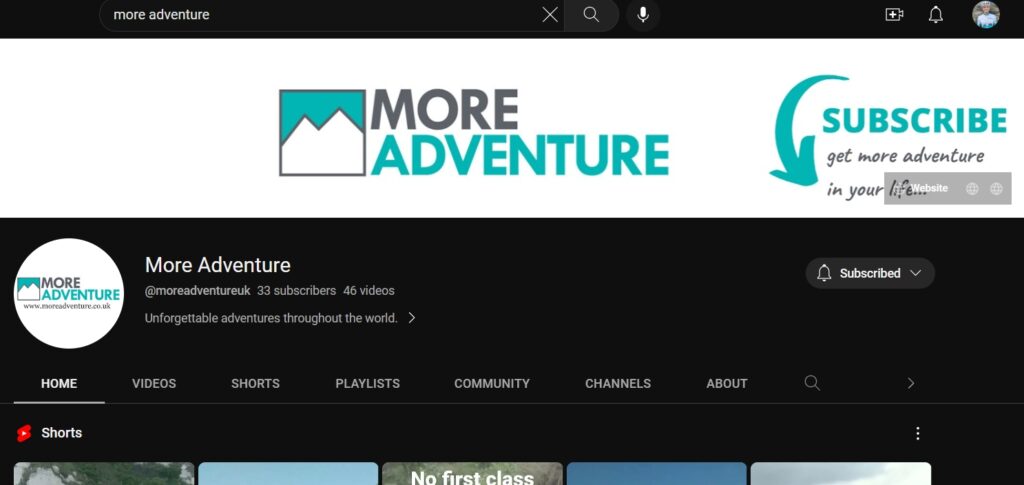There’s much debate online about what you should carry whilst cycling. We all want to keep weight to a minimum so there’s always a balance. But anyone who’s had a catastrophic mechanical failure on a wet, cold day and been stranded for hours at the roadside waiting for a (rather humiliating) pickup, knows the importance of carrying the right equipment and spares on your rides.
But what could go wrong?
The list of things that could go wrong with a bicycle is seemingly endless, with so many moving parts and numerous components to wear out and fail. However, in my many years of guiding hundreds of people throughout the world, I’ve found that there are a few essential items that can get you out of most of the more common issues. Almost all of them are relatively inexpensive and don’t weigh a great deal.
- Pump. The lighter the better. I prefer ones with a flexible hose (not the technical name) to avoid bending or damaging the valve. Check out this one.
- Tyre levers. These vary hugely in quality. My preferred brand is Park Tools and I always carry two, here they are.
- Multitool. These are not all equal. At my last count I own six multitools that I’ve accrued over the years, some now don’t get much use, others are favourites. It’s definitely worth checking your multitool to see if it can do what you want it to do. A classic example are torx (or star) ended wrenches. If you discover mid ride that your bike has these and you don’t have them on your multitool, it can be a day-ender. This one from Topeak is great.
- Inner tubes. I ride with two inner tubes. Even if you have tubeless (a debate we won’t get into here) you’ll need to carry at least one.
- Emergency inner tube patch. These are for when you’ve used both your inner tubes (trust me it can happen) and allow you to temporarily fix a puncture without messy glue and faff. Get them here.
- Emergency tyre boot. When a tyre fails and develops a larger hole, this forms a barrier to prevent the inner tube from ballooning out of the tyre. Usually a temporary fix but essential to get you home. Get them here.
- Chainlink remover. Some multitools have a chainlink remover included but I’ve yet to find one I 100% trust so I carry a lightweight one.
- Speedlink. This makes a broken chain far more convenient. Check that your speedlink is compatible with your chain (based upon the brand and the number of gears you have). Find one here.
- Derailleur hanger. This is the piece of metal that connects your rear derailleur to your frame. If you fall off your bike or even if it accidentally falls over, there’s a chance you could bend this piece of metal which can be catastrophic. If gone unnoticed, this could cause your derailleur to end up in your spokes which makes a big (and expensive) mess. These hangers are bike-specific so even if you visit a bike shop there’s a big chance they won’t be able to help. They weigh next to nothing and are tiny so I carry mine with me everywhere.
- Lights. Even if it’s a bright sunny day I will ride with at least a rear light. Anything at all to improve your visibility on the road and warn drivers of your presence is justifiable weight in my opinion. Here are some.
- Cable ties. Just a few small cable ties are fine, they can get you out of a surprising number of problems.
- Gaffa tape. Not a whole roll, I have about a metre length wrapped around an old credit card. Again, takes up virtually no space and can be a lifesaver for fixing things (and body parts!).
- Spare gear cable. Unplanned riding in one gear is no joke. Weighs next to nothing and takes up very little space.
- Small zip lock bag. If you get caught out in the rain then a small zip lock bag can be useful to pop your phone in.
Believe it or not, it is possible to cram all of the above (except the lights) into a small saddle bag.
What to add for longer rides
For longer more remote rides I’d also consider taking the following:
- Leatherman multitool. This may seem excessive but these really are a useful bit of kit. The pliers are particularly useful for managing cables. I have this one.
- Spare spoke. These are wheel-specific so you’ll need to contact your bicycle shop. You’ll also need a spoke tool for this, many are included on good multitools so it’s worth checking.
- Small first aid kit. Ensure to include some large self-adhesive patches and antibacterial wipes for larger cuts and abrasions. Tubigrip and physio/kinesiology tape are also very useful for keeping dressings where you want them to be.
- Portable battery. If you’re relying upon technology for navigation and emergency use then you’ll want to avoid dead batteries. This extremely portable battery from Anker gives my phone a full charge. I also have a super short USB cable like these for this very purpose.
I hope the above helps you to avoid sticky roadside situations!
Do you carry anything different? What would you change? Please comment below, we’d love to hear from you!
Want to learn more about how to use it all?
If you’re interested in learning more about all of the items above and how to use them, we’re going to be publishing brand new videos on YouTube about exactly that in the coming months. Make sure you’re subscribed to our YouTube Channel here to get the latest updates.

